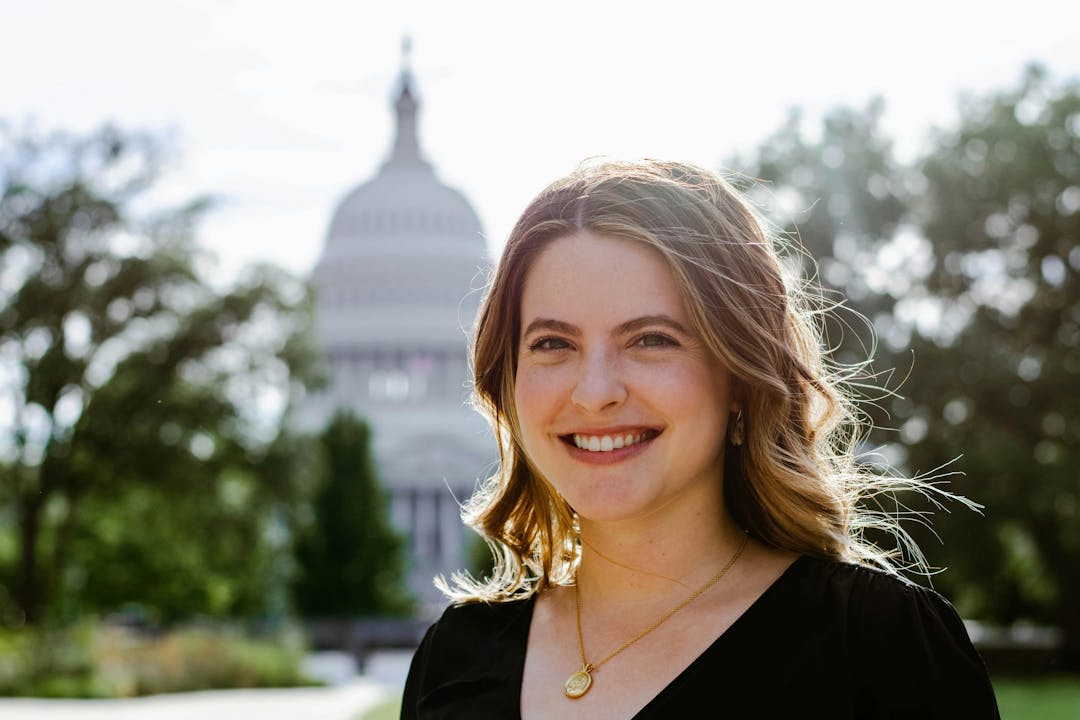Externalities
The Basic Idea
When you’re filling up your car at the gas station, have you ever stopped to think about what goes into deciding the price of that gas? The main components are pretty obvious: the value cost of the gas itself, the price of refinement, distribution, marketing, profits, and applicable taxes. But what about the cost to the environment? Should the price of solar panels, wind turbines, or pollution-related healthcare costs caused by the production process of gas be factored into what you pay?
This is what economists call an externality. An externality is when the production or consumption of a good or service (in this case, gasoline) impacts another party (the environment). In the past, externalities were the responsibility of the government, but this has shifted to the producer and, eventually, to the consumer as seen in the last few decades.
If you’re in a system where you must make profit in order to survive, you are compelled to ignore negative externalities, effects on others.
– Noam Chomsky, American linguist, philosopher, and political activist
About the Author
Lindsey Turk
Lindsey Turk is a Summer Content Associate at The Decision Lab. She holds a Master of Professional Studies in Applied Economics and Management from Cornell University and a Bachelor of Arts in Psychology from Boston University. Over the last few years, she’s gained experience in customer service, consulting, research, and communications in various industries. Before The Decision Lab, Lindsey served as a consultant to the US Department of State, working with its international HIV initiative, PEPFAR. Through Cornell, she also worked with a health food company in Kenya to improve access to clean foods and cites this opportunity as what cemented her interest in using behavioral science for good.



















